
Hair loss may be one of the worst nightmares for each and every individual. Alopecia areata is one of several medical conditions that leads to loss of hair. Disorder of the Skin and Hair
Alopecia areata affects practically all ages and both genders. When it comes to children suffering from alopecia areata, the most prominent characteristic of the disease is the very hair loss. It may initially remain localized on the scalp but it eventually progresses and affects the entire body. As a result the child loses all the hair from the head, face and the rest of the body.
It is estimated that 4 million people in the United States have to deal with baldness caused by alopecia areata. This medical issue usually starts during childhood even though many people start to experience specific pattern of hair loss once they enter adulthood.
In people suffering from alopecia areata the skin and its appendage hair are affected by specific structural changes which cause hair to fall out. Hair loss occurs in a characteristic pattern, in the form of patches usually the size of a quarter. In the majority of cases there are only a few such patches. Still, some children may experience more severe hair loss.Why are Children Prone to Alopecia Areata?
We cannot say for sure that children are actually prone to alopecia areata but we can look into certain factors that may be potential triggers of the disease.
According to research alopecia areata seems to develop as a consequence of an abnormality in the immune system. The immune system does not recognize hair follicles as a part of the body but instead interprets them as foreign particles. This is the reason why the body synthesizes autoantibodies which attack hair follicles and cause hair loss.
Furthermore, alopecia areata may accompany the already existing conditions such as allergic disorders, thyroid disease, vitiligo, lupus, RA and sometimes even ulcerative colitis.
Many times the first symptoms and signs develop soon after a major life event such as illness, pregnancy or trauma. Stress is, therefore, considered a significant contributor to the disease. This, perhaps, may explain why children may be somehow predisposed to alopecia areata. Namely, they do not tolerate stress as well as adults and their immune system is in the phase of the development so it cannot be as functional as it is once we get older.
Finally, the condition runs in families and this suggest a genetic component and a role of genes in the onset of the disease. Treatment for Alopecia Areata
Unfortunately, there is no cure for alopecia areata but there are several treatment options available. They practically bring the symptoms and signs of the disease under control and help the hair to grow back.
Before any treatment starts, doctors may opt for no treatment at all. Alopecia areata is highly unpredictable illness and bold patches may spontaneously heal and the hair may be restored without any additional help. So, if the child has only one or two rather small bald patches, he/she is not treated unless the hair does not start to grow again within certain period of time or hair loss becomes more severe affecting larger portions of the scalp. Such approach is known under the name 'watchful waiting'.
When doctors opt for treatment they should always compare benefits of therapy and its side effects especially when children are concerned. The dose of the drugs is also adjusted and during the entire treatment children should be closely monitored.
Steroid injections are administered directly into bald patches. They suppress the local reaction of the immune system and allow hair follicles to start functioning correctly again. Even though this approach is highly successful particularly if patches are relatively small, it does not have to be efficient in all patients.
What is more, steroids may be also applied topically. This treatment is definitely not as efficient as steroid injections. In case desirable results are not achieved within 6 months, topical steroids are discontinued.
Minoxidil solution is a special formula that may help people suffering from alopecia areata. It is predominantly used in case of male pattern baldness but some doctors prescribe it even in case of children with alopecia areata. The solution is applied onto the scalp and may be also used on the eyebrow area. If there is no improvement after a year of treatment, minoxidil solution is discontinued.
Apart from the mentioned, some patients may benefit from a combination of topical steroids and minoxidil. Extensive form of the disease requires more aggressive approach. Such patients are generally prescribed topical immunotherapy. Currently this treatment is not frequently used for children because of many controversies and potential side effects. Also, extensive alopecia areata may respond well to dithranol although its impractical use may put off some patients.
In the end, these patients frequently choose wigs as a means of covering bald patches while tattooing is frequently used to simulate eyebrows.


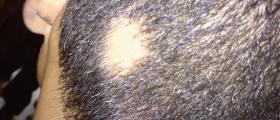

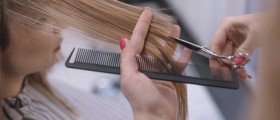
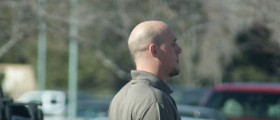


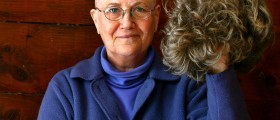


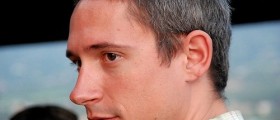
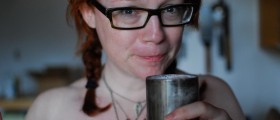
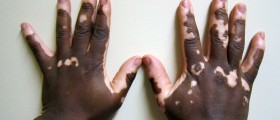
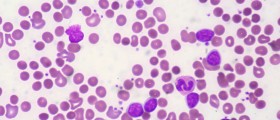
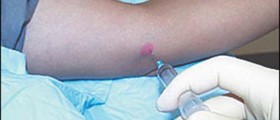

Your thoughts on this
Loading...